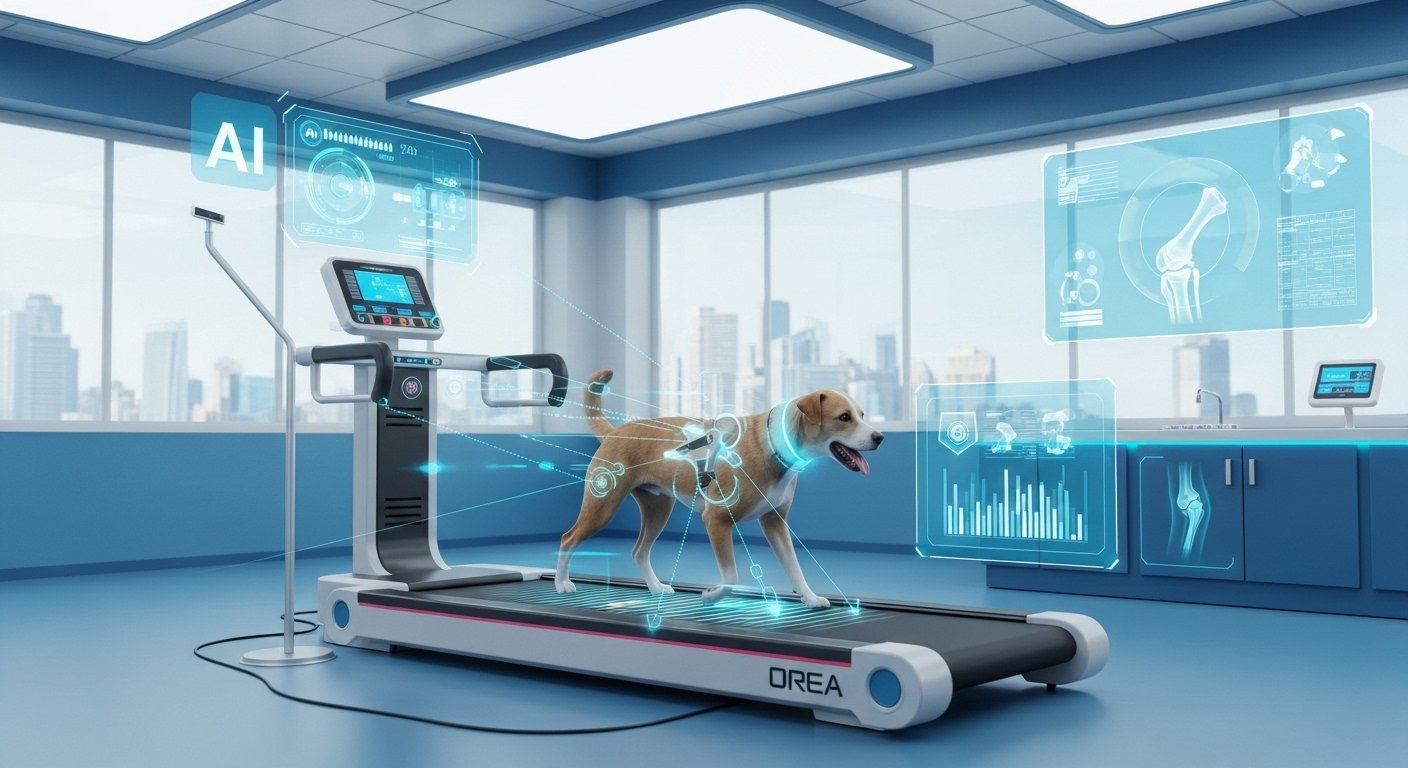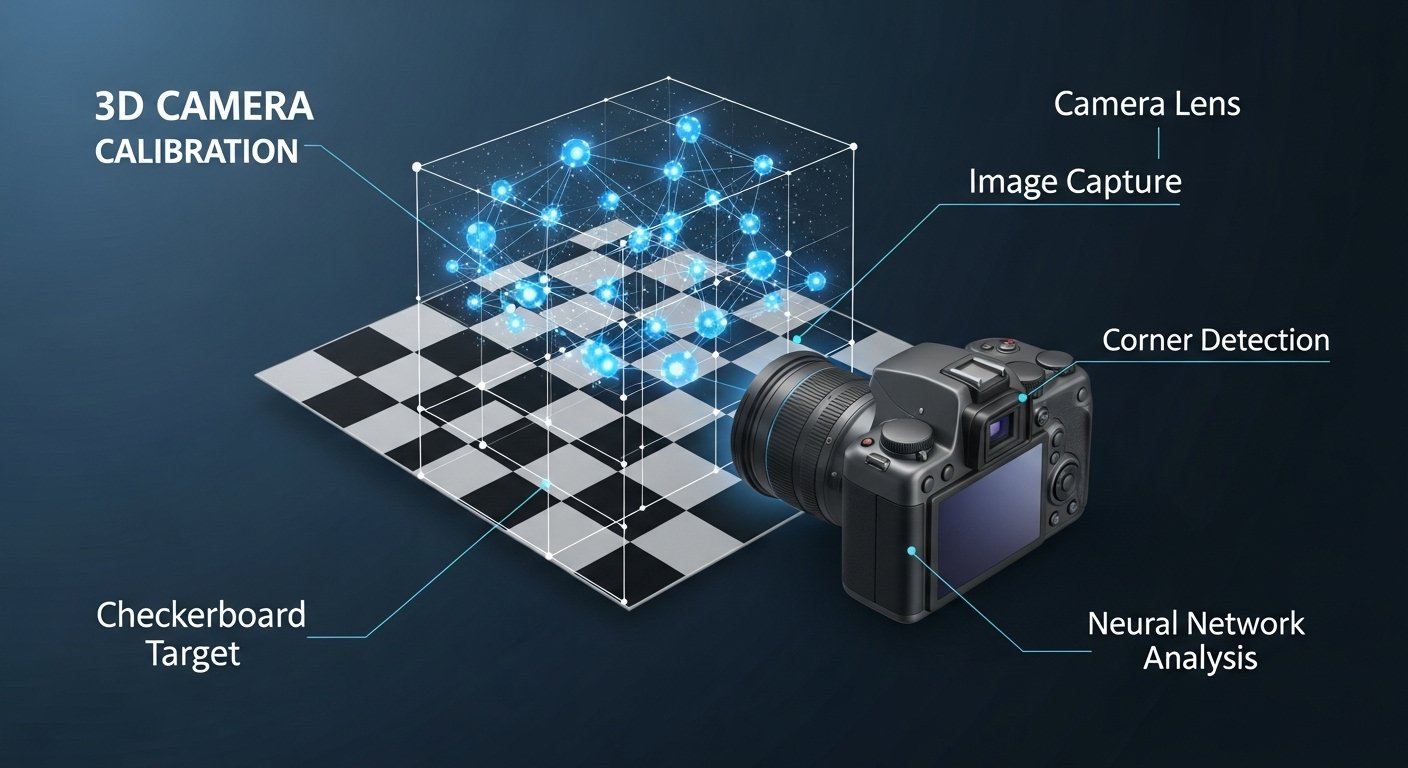If you’ve ever watched your dog sprint across the yard, leap onto the couch, or crouch playfully before zooming around, you might have wondered — do dogs have knees? It’s a surprisingly common question, often asked by curious owners and even debated online.
The short answer? Yes, dogs do have knees.
But there’s a lot more to it than that. Understanding how canine knees (technically called stifle joints) function can help you protect your dog’s mobility, prevent injuries, and recognize early signs of joint issues like arthritis or ACL tears.
In this professional guide, we’ll explore canine knee anatomy, how it compares to humans, common knee problems, and practical tips for maintaining your dog’s joint health.
Do Dogs Really Have Knees? A Simple Answer With Scientific Backing
Yes — dogs have knees, specifically two knees, one in each of their hind legs.
Each knee is a complex hinge joint that connects the femur (thigh bone) to the tibia (shin bone). This joint allows dogs to bend and extend their hind legs for walking, running, jumping, and sitting.
Here’s a quick comparison:
| Limb | Joint Type | Common Name | Function |
|---|---|---|---|
| Front leg | Elbow | Humeroradioulnar joint | Bends forward |
| Hind leg | Knee | Stifle joint | Bends backward |
So, while the front legs have elbows, the back legs have knees — and those knees are crucial for almost every movement your dog makes.
Understanding the Structure of a Dog’s Knee (The Stifle Joint)
The stifle joint in dogs is one of the most complex joints in their bodies — very similar to the human knee. It’s made up of several bones, ligaments, and soft tissues that work together to provide flexibility and stability.
Key Components of the Dog’s Knee
-
Femur (Thigh Bone) – The upper bone that meets the lower leg at the stifle.
-
Tibia (Shin Bone) – The main bone below the knee, supporting body weight.
-
Patella (Kneecap) – A small, movable bone that protects the joint.
-
Cranial Cruciate Ligament (CCL) – Equivalent to the human ACL, this ligament stabilizes the knee.
-
Meniscus – Cartilage cushions between the bones, absorbing shock and preventing wear.
These structures allow dogs to run, crouch, and jump efficiently — but they’re also vulnerable to injuries, especially in active or overweight pets.
How a Dog’s Knees Compare to Human Knees
Dogs and humans share similar knee anatomy, but the mechanics differ due to posture and locomotion.
-
Humans walk upright (bipedal), so knees support vertical load.
-
Dogs move on four legs (quadrupedal), so knees manage horizontal thrust and shock absorption.
-
In dogs, knees bend backward, while in humans they bend forward — relative to body orientation.
Despite these differences, both species can suffer from ligament tears, arthritis, and patellar dislocation — meaning joint care principles overlap in many ways.
Common Knee Problems in Dogs
Understanding how the knee works helps explain why certain health issues occur. Here are some of the most common canine knee conditions veterinarians encounter.
1. Cranial Cruciate Ligament (CCL) Injury
This is the most frequent knee injury in dogs, similar to an ACL tear in humans. It can occur suddenly (from a jump or twist) or develop gradually due to degeneration.
Symptoms include:
-
Sudden limping or favoring one leg
-
Swelling around the knee
-
Difficulty standing or climbing stairs
2. Patellar Luxation
This happens when the kneecap slips out of place, common in small breeds like Chihuahuas, Yorkies, and Pomeranians.
Look for:
-
Intermittent skipping or “bunny hopping” gait
-
Sudden yelp, then resuming normal movement
-
Chronic stiffness
3. Osteoarthritis
Age, genetics, or previous injury can lead to joint inflammation and cartilage wear.
Typical signs:
-
Stiffness after rest
-
Reluctance to jump or run
-
Noticeable slowing during walks
4. Meniscal Tears
Often accompany ligament injuries. The meniscus acts as a shock absorber — when it tears, dogs may experience sharp pain and lameness.
Factors That Affect Knee Health in Dogs
H3: 1. Breed and Genetics
Certain breeds are genetically predisposed to knee issues.
-
Large breeds (e.g., Labradors, Rottweilers) often suffer CCL injuries.
-
Small breeds (e.g., Poodles, Terriers) are prone to patellar luxation.
2. Weight Management
Extra body weight increases stress on the joints. A 5% weight loss can significantly reduce joint pressure and pain.
3. Exercise Type
While regular activity strengthens muscles, excessive jumping or rough play can cause ligament strain.
4. Aging
Older dogs naturally lose joint flexibility. Supporting their knees with supplements like glucosamine or omega-3 fatty acids can help maintain mobility.
How to Keep Your Dog’s Knees Healthy
Protecting your dog’s knees isn’t just about reacting to problems — it’s about preventive care.
1. Maintain a Healthy Weight
-
Follow portion guidelines based on age and activity.
-
Choose high-quality, vet-recommended dog food.
-
Avoid table scraps or high-calorie treats.
2. Controlled Exercise
-
Use low-impact activities like swimming or walking.
-
Avoid hard landings from jumps.
-
Warm up before play sessions for active breeds.
3. Regular Vet Checkups
Annual (or semi-annual) wellness exams help detect subtle joint changes early.
4. Supplements and Nutrition
Common vet-approved supplements include:
-
Glucosamine and Chondroitin – rebuild cartilage.
-
Fish Oil (Omega-3) – reduces inflammation.
-
MSM (Methylsulfonylmethane) – supports tissue repair.
5. Physical Therapy
Under professional supervision, hydrotherapy, laser therapy, and gentle massage can improve flexibility and healing.
Real-Life Example – A Labrador’s Recovery from a CCL Tear
Consider Bella, a 6-year-old Labrador retriever. After slipping on wet grass, she began limping and refused to bear weight on her back leg. A vet diagnosed her with a CCL rupture.
With surgery, physiotherapy, and controlled weight management, Bella regained nearly full mobility within six months.
Her recovery highlights an important truth: early diagnosis and care can prevent permanent damage.
Veterinary Insights: What Experts Say
Veterinarians emphasize that knee health determines a dog’s overall quality of life.
According to the American College of Veterinary Surgeons (ACVS):
“Cruciate ligament rupture is one of the most common causes of hind limb lameness in dogs. Preventive care and weight control are vital to long-term mobility.”
Incorporating veterinary advice into daily routines — from diet to exercise — can extend your dog’s active years dramatically.
How Technology and AI Are Improving Canine Knee Care
Here’s where the “-AI” part of our topic comes into play.
Modern veterinary care is embracing AI-driven diagnostics and motion analysis tools to detect knee problems earlier than ever before.
Examples Include:
-
Gait Analysis Systems – AI monitors your dog’s walking patterns to identify asymmetry or stiffness.
-
Predictive Algorithms – Analyze breed, weight, and movement data to estimate risk for joint issues.
-
Tele-vet Consultations – AI-assisted platforms allow vets to assess video footage of your dog’s movement remotely.
This combination of traditional veterinary science and AI innovation is transforming how we understand and maintain canine joint health.
Signs Your Dog May Have Knee Pain
If you notice any of these behaviors, it’s time for a vet visit:
-
Limping or skipping on one leg
-
Difficulty sitting, standing, or climbing stairs
-
Stiffness after naps
-
Reluctance to play or jump
-
Audible popping sounds near the knee
Pro tip: Never assume it’s “just old age.” Many joint issues are treatable if caught early.
Treatment Options for Dog Knee Injuries
Depending on severity, treatment may involve one or more of the following:
Non-Surgical Treatments
-
Rest and anti-inflammatory medication
-
Weight management and physiotherapy
-
Joint braces or supports for stability
Surgical Options
-
TPLO (Tibial Plateau Leveling Osteotomy) – changes bone angle to stabilize the knee.
-
TTA (Tibial Tuberosity Advancement) – realigns ligaments to reduce strain.
-
Lateral Suture Repair – used for smaller dogs and partial tears.
Recovery can take 8–16 weeks, with gradual return to full activity.
Long-Term Care and Prevention Tips
To keep your dog’s knees strong and pain-free:
-
Schedule annual orthopedic exams after age 5.
-
Avoid letting dogs jump from high surfaces (e.g., cars, couches).
-
Keep nails trimmed to ensure stable footing.
-
Consider orthopedic dog beds for joint comfort.
Conclusion
To wrap it up: yes, dogs do have knees, and understanding how they function is vital to keeping your furry friend healthy and active.
By combining traditional veterinary knowledge with AI-based insights, dog owners can take a proactive role in detecting issues early, supporting long-term mobility, and enhancing quality of life.
Healthy knees mean a happier, more playful dog — and that’s something every pet parent wants.
FAQs
1. How many knees do dogs have?
Dogs have two knees, one in each hind leg. Their front legs have elbows, not knees.
2. Can dogs dislocate their kneecaps?
Yes, it’s called patellar luxation, common in smaller breeds. It can range from mild to severe and sometimes needs surgery.
3. What’s the most common knee injury in dogs?
The Cranial Cruciate Ligament (CCL) tear is the top cause of lameness in dog knees.
4. Are knee problems preventable?
Many are. Proper diet, weight control, and safe exercise routines dramatically reduce risk.
5. How does AI help in diagnosing dog knee issues?
AI tools analyze gait patterns, body weight, and breed data to predict and identify early signs of knee disease.
Final Takeaway:
Whether you’re a pet parent, vet student, or animal lover, knowing the answer to “do dogs have knees –AI” helps you appreciate the incredible design of canine anatomy — and use modern tools to keep your dog healthy for years to come.







Leave a Reply